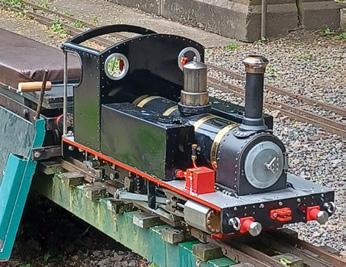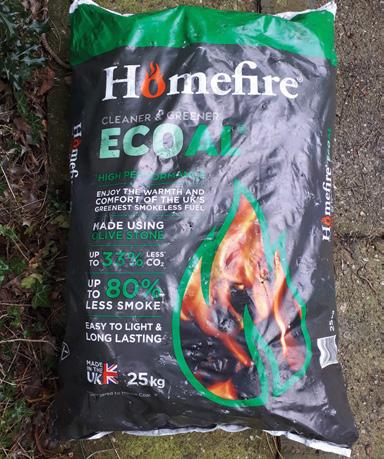LOCO BUILDING
Conway – a first steam locomotive build Rich continues his short series designed to help novice builders facing the challenges constructing a first engine – this month, don’t believe all you see in plans... BY RICH WIGHTMAN Part two of a short series
O
kay, having read the first part of this series last month you have decided on which loco to build. You have your machines and hand tools. You have your set of plans and some materials to hand and you are keen to make a start. Firstly, if possible get the plans scanned and saved as a PDF file. I have used my home A4 scanner to copy small sections of plans. Using one of the many drawing programmes out there (you can find many free ones online – I use a programme called Inkscape which is open source and is free to download) you can clip just the bit you want and print it out to a very accurate actual size. I found doing this to be of great
8
9
36
JANUARY 2023 | ENGINEERING in MINIATURE
use – you can visualise quite clearly the size of the part you are making and lay said part on the print of the drawing as many times as you want. You can make your own notes on the drawing print and if it gets too dirty simply print another. It means you can keep the original set of plans clean and only use them when needed. If you are buying a new set of plans from one of the suppliers ask that they are rolled and not folded. The crease marks can be annoying and make some of the smaller details and measurements hard to read. I have seen plans for sale, and sold on Ebay for a higher price than a new set, I wonder why? Study the plans well and inwardly
“Had I not read the drawing correction in the magazine a very expensive mistake would have been made by cutting the boiler tube too short...”
digest. If there is something you don’t understand ask a question on one of the model engineers’ forums we discussed in part 1. Someone will answer and explain in detail the problem you are having. Another word of warning here – there are routinely errors to be found on plans. There may be just one or two but some designs are apparently littered with mistakes. This is where a good search on the internet is very useful to see if anyone else has had problems.
Not adding up If the design was published as a series of articles in one of the model engineering magazines they may have published the errors but not always. And the errors can be significant – as an example on Conway the boiler length on the plans is 14 inches but in actual fact it needs to be 14¼ inches. The error was published in the magazine the loco was described in but had I not read that a very expensive mistake would have been made by cutting the boiler tube too short! Even though the error was published the original plans were never altered and still contain the incorrect measurement. So it’s very important that you study the plans and make that sure all the numbers add up! A few more examples of errors I came across on my build, starting with the valve rod guides. Take a close look at the drawings of the valve rod guides and the stretcher onto which they fit or should I say are supposed to fit, Photo 8 and Photo 9. There are six holes in the valve rod guides and four holes in the stretcher! I had made the guides and www.model-engineering-forum.co.uk








